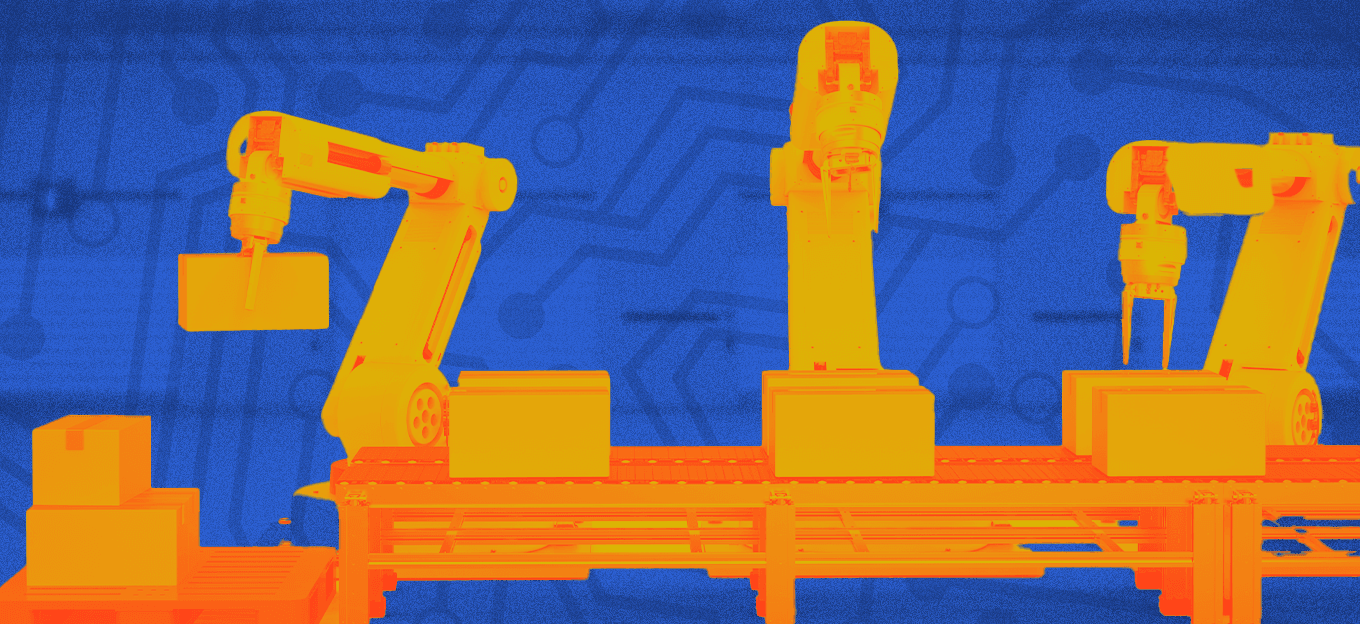Using LoRa and Google Cloud for IIoT Applications
Using LoRa and Google Cloud for IIoT Applications
- Last Updated: December 2, 2024
Leverege
- Last Updated: December 2, 2024



Industrial Internet of Things (IIoT) applications differ greatly from other consumer and enterprise applications for many reasons. They are often constrained by factors, including limited access to power, network connectivity challenges, network security requirements and hazardous physical environments. IIoT solutions must be designed with the highest standards across the board, from durability to battery optimization.
The Benefits of LoRa for IIoT
LoRa (Long Range) refers to the physical layer of a low-power, wide-area networking technology (LPWAN) made by Semtech. It operates in unlicensed sub-gigahertz radio frequency bands. As the name indicates, LoRa functions over long range, with coverage that greatly exceeds WiFi, Bluetooth or Zigbee networks and is capable of extending for dozens of miles under ideal conditions.
Deployed LoRa sensors communicate data asynchronously over these radio frequency bands to the nearest gateway device in an unacknowledged "Pure ALOHA" scheme. The gateway then receives and backhauls those messages to the cloud using cellular, WiFi or ethernet. These gateways can support upwards of tens of thousands of sensors each.
In many IIoT scenarios, access to local networks (WiFi/ethernet) is limited or restricted. Most industrial environments deal with automated or labor-driven mechanical and chemical processes that don't depend on the internet to function, or they may pre-date the internet entirely. Additionally, it can be difficult or even hazardous to constantly service devices, so it's important for sensors to be both durable and low power.
Most LoRa devices are designed to these standards (IP67, multi-year battery life), meaning that they can be installed with several gateways to cover an entire factory floor for a long term deployment. Furthermore, device authentication at the gateway and AES128 encryption ensure that data is tamper-proof until it reaches the cloud.
Enterprise Cloud: Google Cloud Platform (GCP)
To manage large scale sensor deployments, there are many requirements for a cloud platform to maximize the value from IIoT applications. Google Cloud Platform is uniquely positioned against other enterprise cloud providers in this regard. They offer a wide array of tools designed specifically for handling big data, from serverless analytics services to the global network of data centers and proprietary fiber to accelerate the speed of migrations and deployments. From security to device management to batch and real-time data processing, machine learning and more, GCP meets the needs of a range of IIoT (and IoT) Applications.
There are many reasons why IIoT applications differ significantly from consumer and non-industrial enterprise IoT applications. They're often constrained by factors such as limited access to power, network connectivity challenges, network security requirements and hazardous physical environments. Consequently, IIoT solutions must be designed with the highest standards across the board, from durability to battery life.
The Most Comprehensive IoT Newsletter for Enterprises
Showcasing the highest-quality content, resources, news, and insights from the world of the Internet of Things. Subscribe to remain informed and up-to-date.
New Podcast Episode

How Drones and Telecom Enable Aerial IoT
Related Articles





